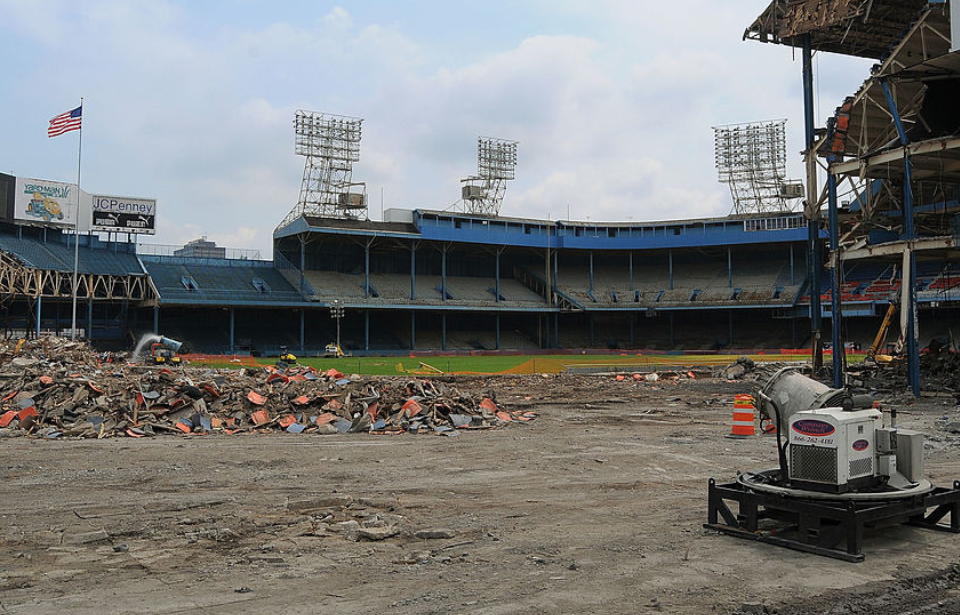It’s hard to say what sport is the most popular in the United States, but baseball is definitely up there. There are stadiums across the country, with some of the most iconic being erected in the early-to-mid 20th century. One of the most popular was the home of the Detroit Tigers, Tiger Stadium, which was sadly demolished when it became outdated.
Booming popularity of baseball
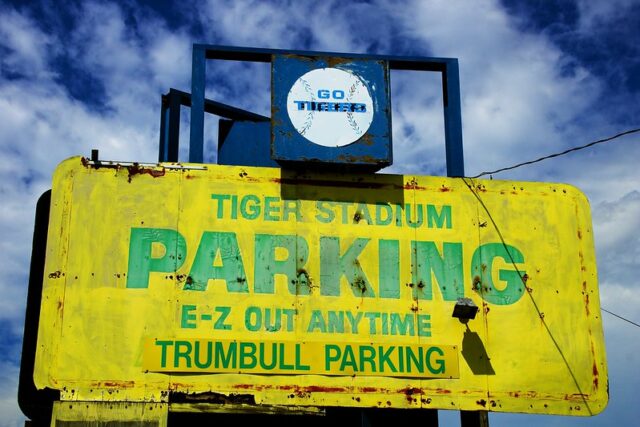
Originally known as Navin Field and Briggs Stadium, Tiger Stadium was erected to accommodate the growing number of baseball fans in the United States. The first professional leagues were established across the nation following the American Civil War.
The Detroit Tigers came into existence in 1894.
Constructing a 23,000-seat sporting facility
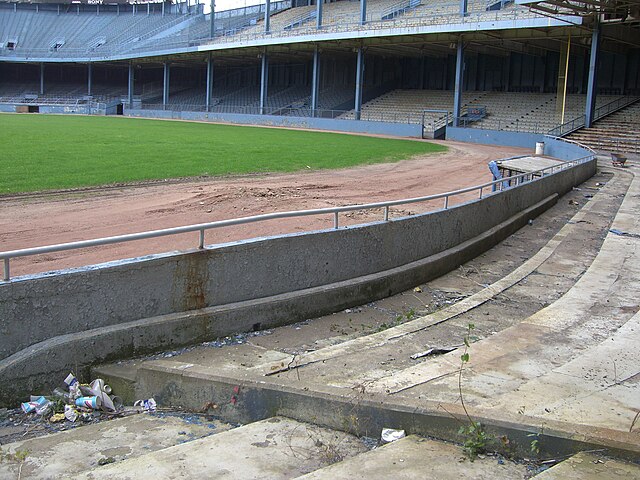
Under the ownership of American businessman Frank Navin, the Detroit Tigers initially played at Bennett Park. However, the team had outgrown the facility and were looking to expand to a 23,000-seat stadium. This led to a discussion surrounding the ballpark’s replacement.
An emphasis on safety
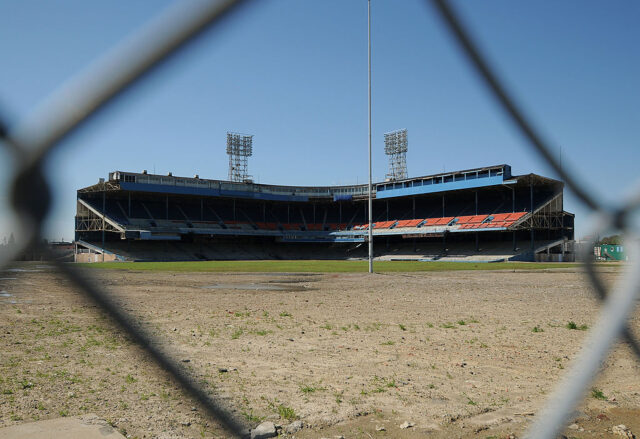
Built at the corner of Michigan and Trumbull Avenues, Navin Field was part of a growing movement toward stadiums made from steel and reinforced concrete. The previous practice of constructing these facilities with wood had proven to be dangerous, thanks to the material’s vulnerability to fire, and this new combination meant fans could watch their favorite sport safely.
Amazing views of the baseball field
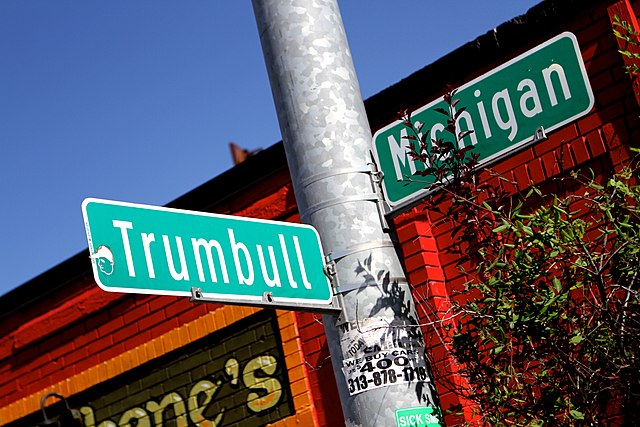
Designed by the famed father and son team at Osborn Engineering Company, work on Navin Field got underway in 1911. The site opened to the public just a year later, with baseball fans in awe over the extravagant views it provided of the field. The upper deck stretched across right-field, with it expanded leftward in the late 1930s.
One of the most famous flagpoles in sport
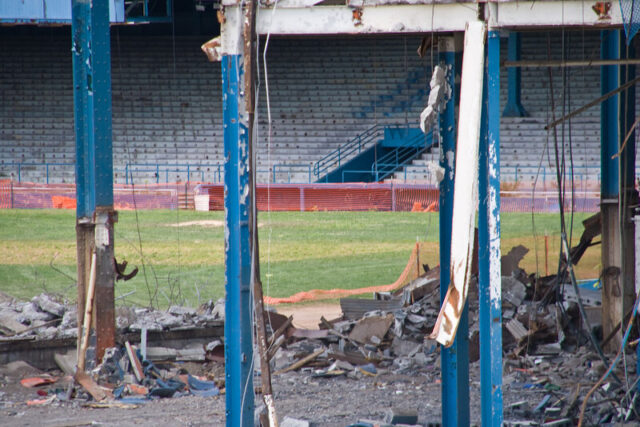
One of Navin Field’s most unique features was its 125-foot flagpole. Located in center field, near the 440-foot marker, it was a quirky feature that added to the stadium’s overall charm.
From Navin Field to Briggs Stadium
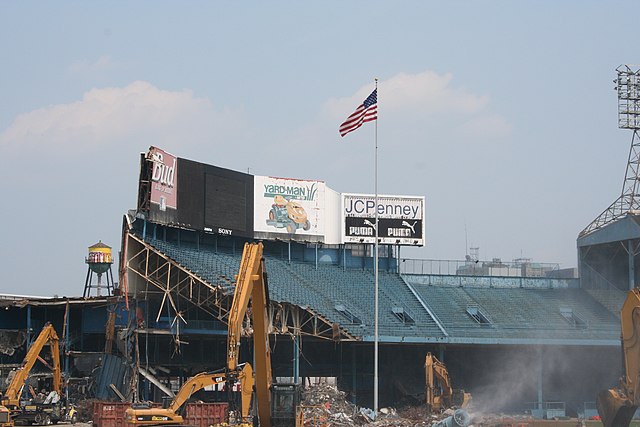
Upon being transferred to the ownership of Walter Briggs, Sr. in the mid-1930s, the official home of the Detroit Tigers underwent a name change to Briggs Stadium. It wasn’t long after this that the facility underwent expansion, with its overall capacity raised to 50,000. This made it one of the largest stadiums in all of Major League Baseball (MLB).
Introduction of night games at Briggs Stadium
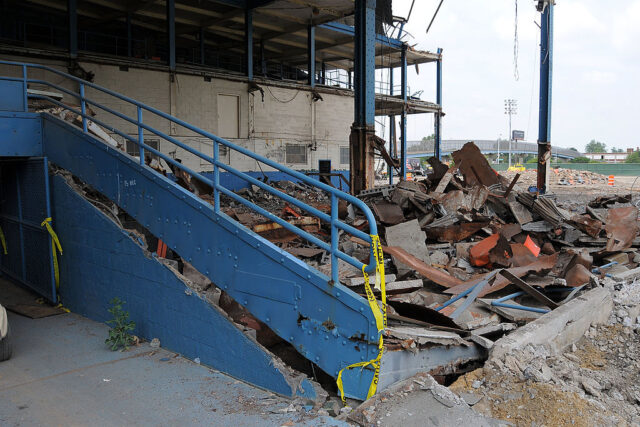
Lights were installed at Briggs Stadium in the 1940s, allowing for the introduction of night games at the facility. This was strategic in that it allowed for baseball fans to attend games after work, thereby bringing in more revenue.
From Briggs Stadium to Tiger Stadium
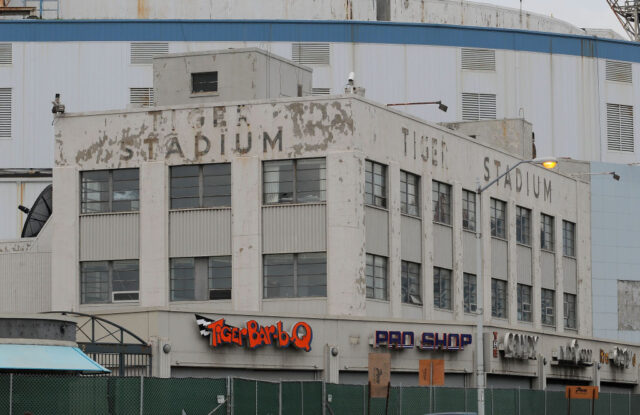
In 1961, John Fetzer took over ownership of Briggs Stadium and changed the facility’s name to the one became best-known by: Tiger Stadium. This change was a symbol of the power and popularity the Detroit Tigers had over their hometown.
Tiger Stadium bore witness to many historic sporting moments
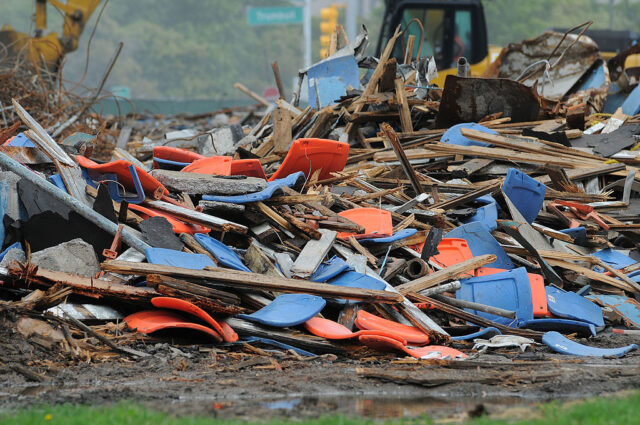
Along with being the home of the Detroit Tigers from 1912-99, Tiger Stadium was the site of an array of historic moments in baseball, including Babe Ruth’s 700th career home run and Lou Gehrig’s final game following his retirement announcement.
Former home of the Detroit Lions
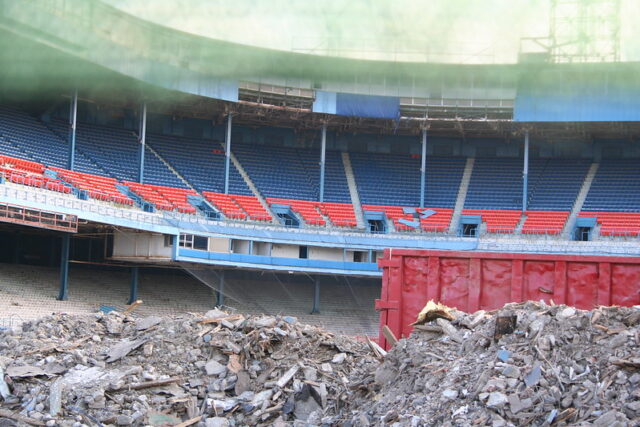
Along with baseball, Tiger Stadium was a major name in National Football League (NFL). The Detroit Lions called the facility home from 1938-74.
Joe Louis versus Bob Pastor
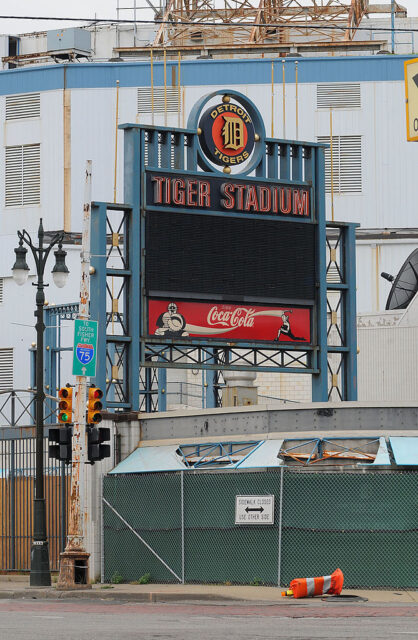
Baseball and football weren’t the only sports to take place at Tiger Stadium. The venue also bore witness to the historic heavyweight boxing match between Joe Louis and Bob Pastor in 1939.
Playing host to Nelson Mandela
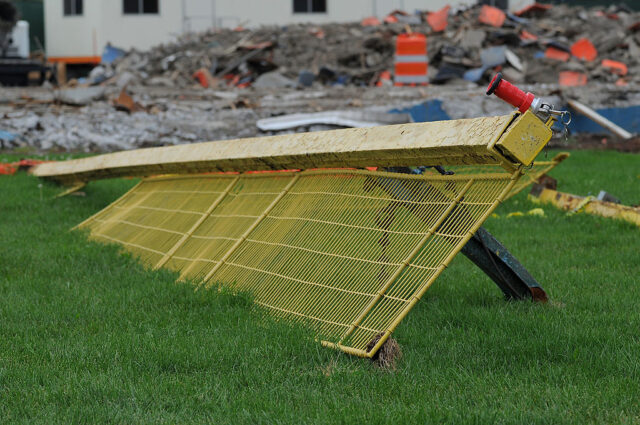
Outside of sports, Tiger Stadium held various other notable events. In 1990, the facility hosted Nelson Mandela, who’d recently been released from prison in South Africa. Some 49,000 individuals gathered to listen to the Civil Rights leader speak.
Performances by the world’s biggest musical acts
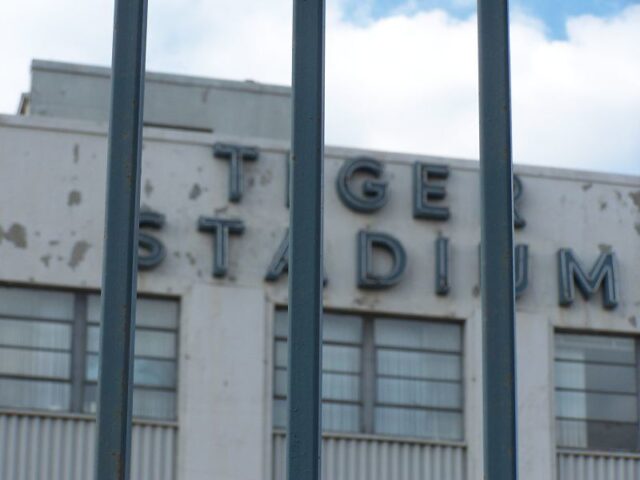
Tiger Stadium’s use didn’t stop there. As with other ballparks across North America, it doubled as a concert venue, with the likes of the Beatles, Bruce Springsteen and the Rolling Stones being just some of the world-famous musical acts to perform there.
Appearances in popular media
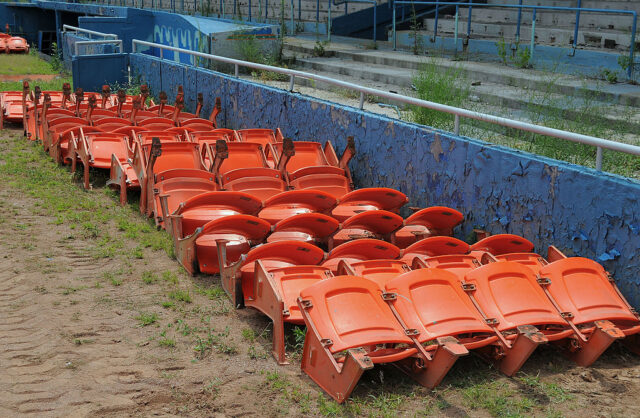
Tiger Stadium’s notoriety meant it was immortalized by major media. It was the setting for boxing matches in the Robert De Niro-led film, Raging Bull, as well as the 2001 HBO film 61, which depicted the iconic 1961 home run race between Mickey Mantle and Roger Maris.
Desire for a more modern facility
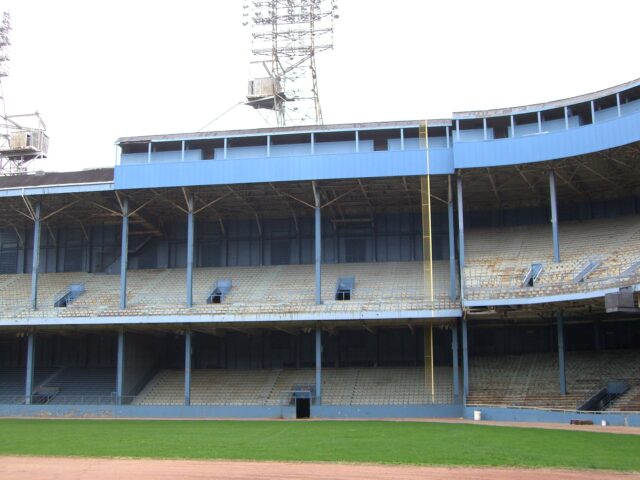
Just as Tiger Stadium was built as a replacement for Bennett Park, the facility faced an uncertain future as the 20th century gave way to the new millennium. By the 1990s, the venue was starting to show its age and, despite its historical significance, it lacked many amenities sports fans had grown accustom to at newer venues.
Opening of Comerica Park
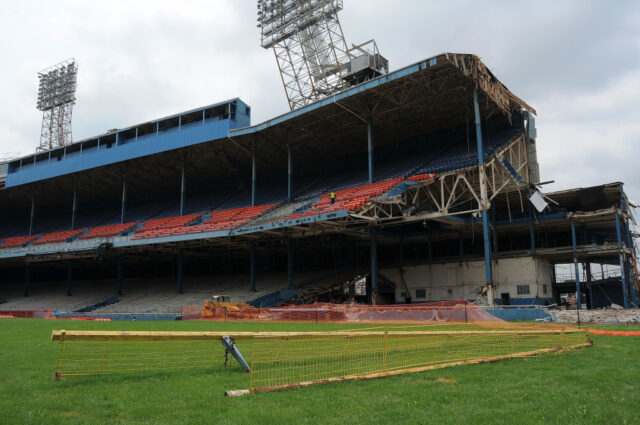
Tiger Stadium was eventually replaced by Comerica Park, which opened in 2000 after then-Detroit Tigers owner Mike Ilitch argued that a new venue was required to keep the team financially competitive, which would, in turn, have a good impact on Detroit overall. While efforts were made by outsiders to save the stadium, the decision was ultimately made to demolish it.
Demolition of Tiger Stadium
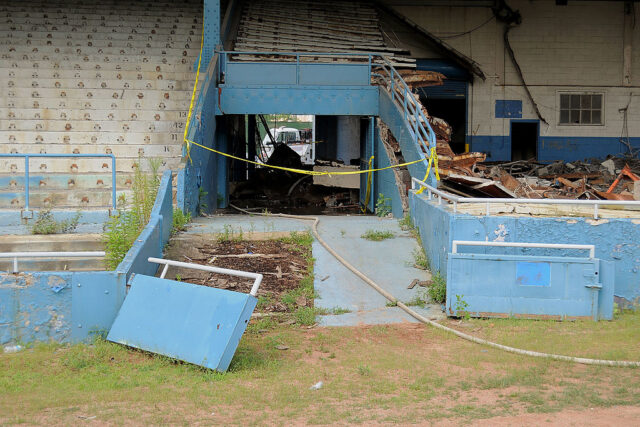
Eight years after Comerica Stadium opened its doors, demolition work got underway at Tiger Stadium. The process was carried out in phases, with the initial focus being on the outfield stands, followed by the structure in its entirety.
Redevelopment of the Detroit Tigers’ former home
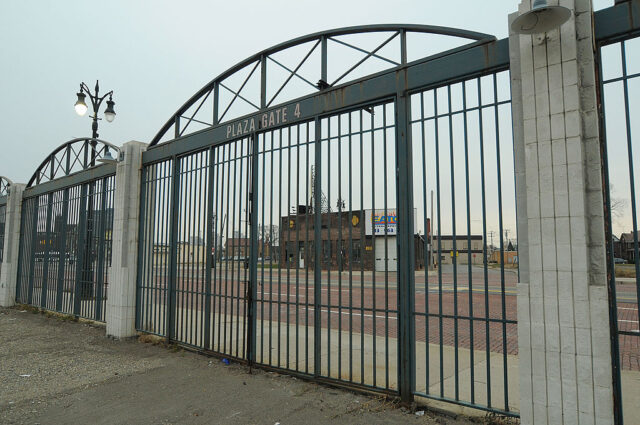
In the years following the demolition work, the plot of land where Tiger Stadium once stood remained vacant, with various proposals for redevelopment presented to Detroit City Council.
More from us: 30+ Photos of Abandoned Olympic Venues That Were Left to Rot After the Games Were Over
Want to become a trivia master? Sign up for our Today In History newsletter!
In 2016, the property was acquired by the Detroit Police Athletic League (PAL), which turned it into Corner Ballpark, a sport’s complex that puts on youth, college, amateur and semi-professional sporting events.
